How a 14-year-old schoolgirl and her scientist father came up with the idea of pandemic lockdowns, as a blistering new book exposes the devastation wrought on children forced to learn remotely
A 14-year-old schoolgirl came up with the idea of lockdowns as a way to tackle pandemics, which governments around the world have used in 2020-2021, according to a blistering new book.
In 2007, Albuquerque high school student Laura Glass and her father, scientist Robert Glass produced a study who claimed that isolating people from each other was as effective as a vaccine during a flu pandemic.
The study focused on a control group of high school students and concluded that “closing schools and keeping students at home during a pandemic would eliminate the potential for transmission… and be effective in thwarting its spread within a community.”
This idea was enthusiastically adopted by a group of scientists who were asked by then-President George W. Bush to draw up a preventive pandemic strategy for the US.
The Bush team’s latest document, published by the CDC, calls for the use of “social distancing measures to reduce contact between adults in the community and workplace” in the event of a pandemic.
The Great Failure: What the Pandemic Revealed About Who America Protects and Who It Leaves Behind, by Joe Nocera and Bethany McLean, and serialized by New York Magazine states that this became the cornerstone for decisions made during the 2020 Covid outbreak.
The decision to close schools during the pandemic has been described as a “tragic policy choice” by the authors of “The Big Fail: What the Pandemic Revealed About Who America Protects and Who It Leaves Behind.” The authors pointed out this poignant photo, which shows two children learning outside a San Jose Taco Bell — the only place they had access to free Wi-Fi
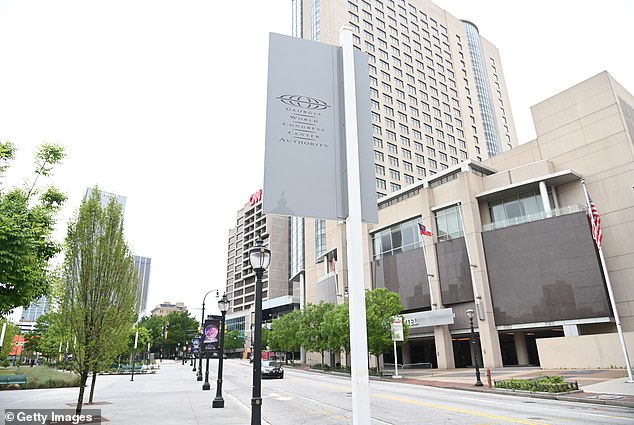
Lockdowns around the world, in major cities like Atlanta (pictured), came to a standstill during the pandemic
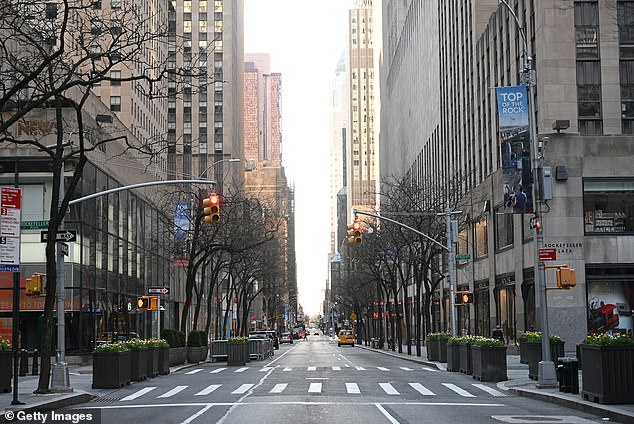
In New York (pictured), the chronic absenteeism rate was 40 percent – up from 26 percent before the pandemic
An excerpt from The Big Fail, published by New York Magazine, highlights the effect lockdown policies had on school-aged children.
The decision to close public schools and try full-time remote learning has been described by Nocera and McLean as a “tragic policy choice.”
They cite a poignant moment: a photo published by the San Jose Mercury News showing two young children, seven or eight years old, sitting alone in front of a Taco Bell with Google Chromebooks because it was the only place they had access to free Wi-Fi.
A school in Baltimore was completely deserted by students after classrooms were closed, even free computers for remote learning were shunned.
In their book, the authors said that at least 50 prestigious studies concluded that lockdowns did not actually help save lives.
This included a study published by eClinicalMedicine, an offshoot of The Lancet, which published a study in August 2020 arguing that “full lockdowns and widespread COVID-19 testing were not associated with a reduction in critical cases or overall mortality .’

In 2007, Albuquerque high school student Laura Glass and her father, scientist Robert Glass, produced a 2007 study claiming that isolating people from each other was as effective as a vaccine during a flu pandemic. Pictured: The nearly abandoned Oculus transportation hub in Lower Manhattan on March 15, 2020
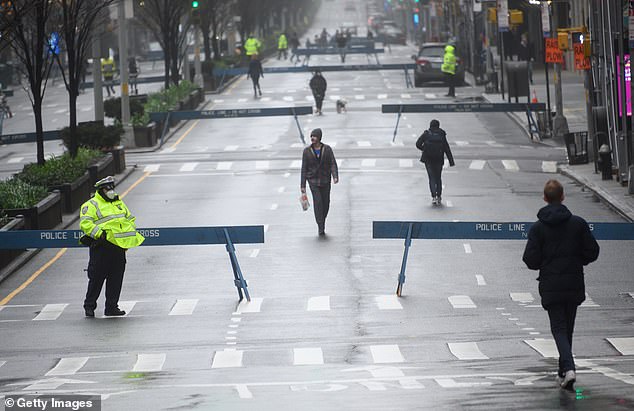
Authors Joe Nocera and Bethany McLean claim lockdown was a ‘tragic policy choice’ that caused more damage than it prevented

Creepy: Empty Las Vegas after pandemic lockdown restrictions in March 2020
Another report, published in March 2021 by Christian Bjørnskov, an economist at Aarhus University in Denmark, concluded that stricter lockdown policies have not been associated with lower mortality’, after examining his research on weekly death rates in 24 European countries.
Rather than preventing excess deaths, Nocera and McLean actually argued that deaths were increasing due to undiagnosed cancer, the postponement of critical surgeries, the large increase in drug and alcohol-related deaths, as well as suicides.
To demonstrate this point, the book’s authors state that OECD data shows that the US experienced 19 percent more excess deaths in 2020 and 2021 than it normally would in two years; Great Britain saw an increase of 10 percent; yet Sweden – which did not impose a lockdown – only saw an increase of 4 percent.
A child psychologist who spoke to the authors said the impact of the lockdown on children, and in particular the closure of schools, was creating a ‘sickening mental health crisis’.
The psychologist said her work with autistic children led her to change her mind about the need for lockdowns.
‘What happens to a child when all support is taken away from the child? What is the impact on the family and siblings? What I saw was a complete decline. It was devastating,” she said.
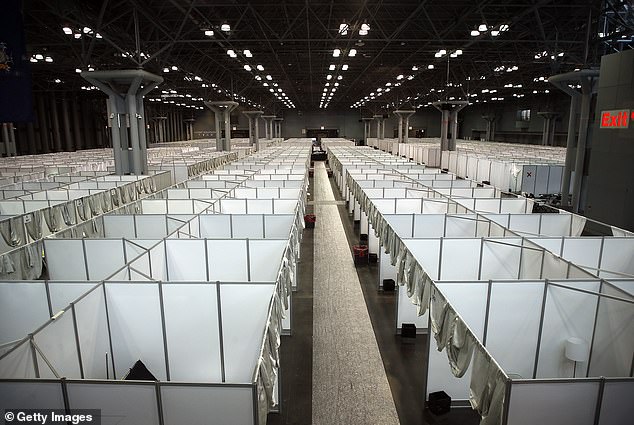
A temporary field hospital used by the Army Corps of Engineers during the first wave of coronavirus in the US
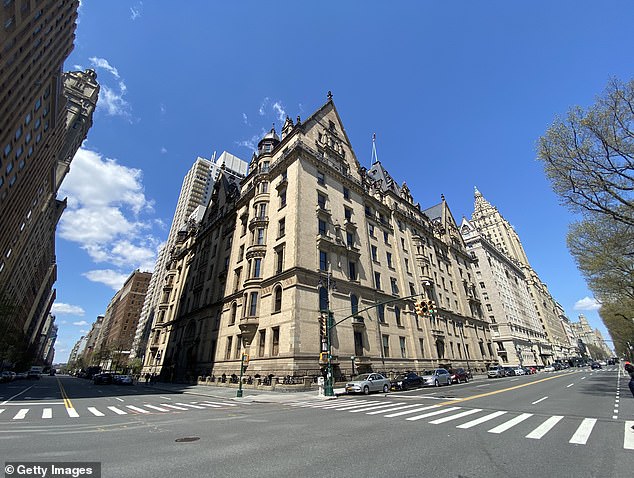
A view of the Dakota Building during the coronavirus pandemic on April 15, 2020 in New York City
The responses to lockdowns and school closures inevitably also became political, argues The Big Fail.
Nocera and McLean write in their book that Trump himself was a factor that pushed Democrats further toward a policy of longer school closures.
Trump supported opening the schools, but “at this late stage in his presidency, most Democrats assumed everything he said was a lie.”
“If Trump said schools should reopen, that was reason enough for them to believe they should remain closed,” they wrote.
The problem was exacerbated by the powerful education unions, the American Federation of Teachers (AFT) and the National Education Association (NEA), who did everything they could to keep their members out of classrooms instead of helping teachers understand how small the was a risk.
As a result of long-term closures, chronic absenteeism among children skyrocketed.
In New York, even after schools reopened, the chronic absenteeism rate was 40 percent — up from 26 percent before the pandemic.
The closures also affected the health of schoolchildren.
Studies cited in the book show that children in public schools exercise less because they aren’t running around during recess, and they eat more junk food without access to free hot meals at school.
The health impact was also amplified by isolation at home due to school closures.
Emotional abuse by parents was four times higher than in 2013, and physical abuse by parents almost doubled, say two professors reported in The Atlantic in June 2022.
Perhaps most alarmingly, the book draws attention to the 230,000 students in 21 states who have been absent from school without explanation since it closed.
“They simply disappeared,” the authors wrote.
